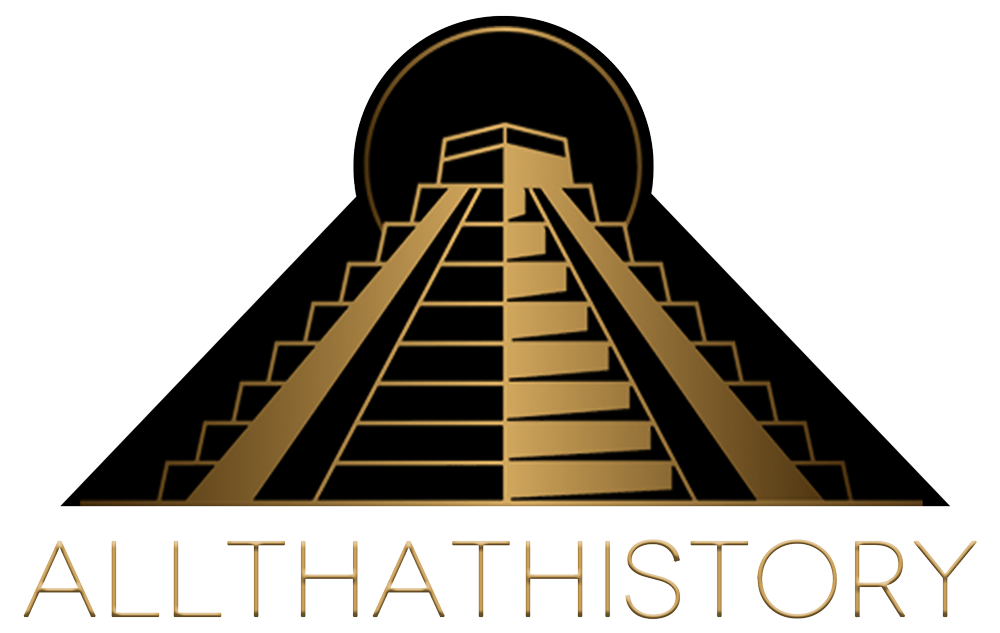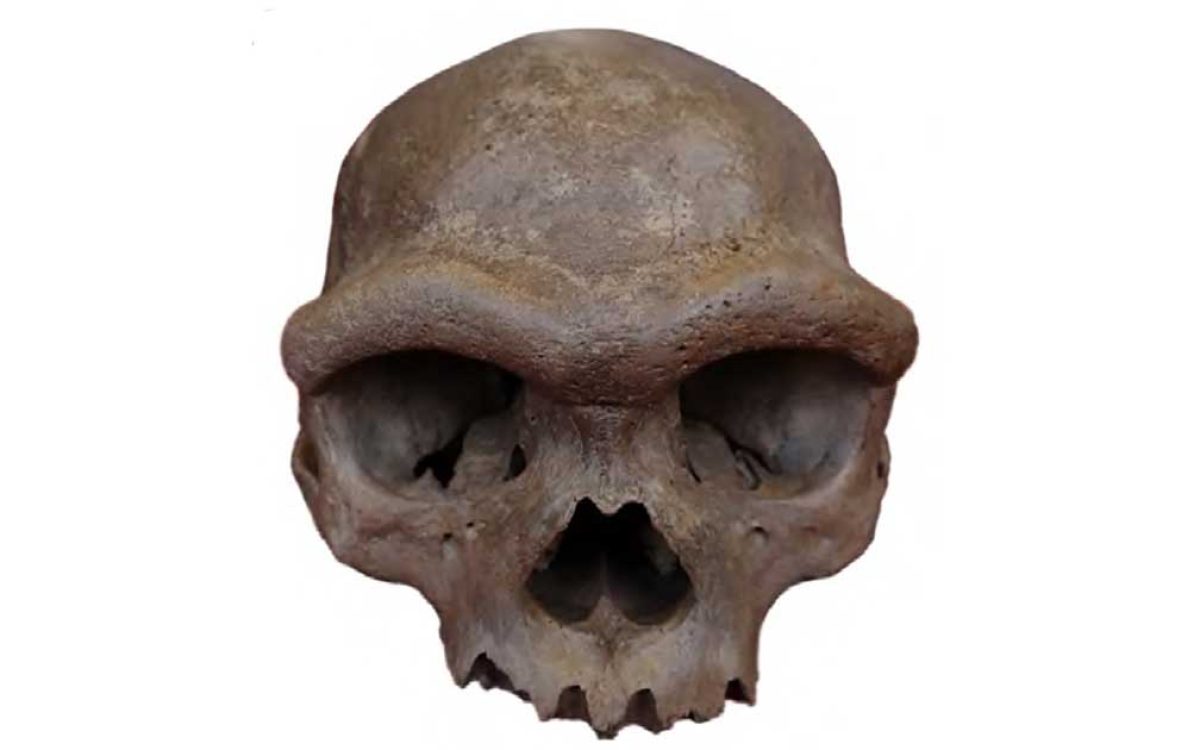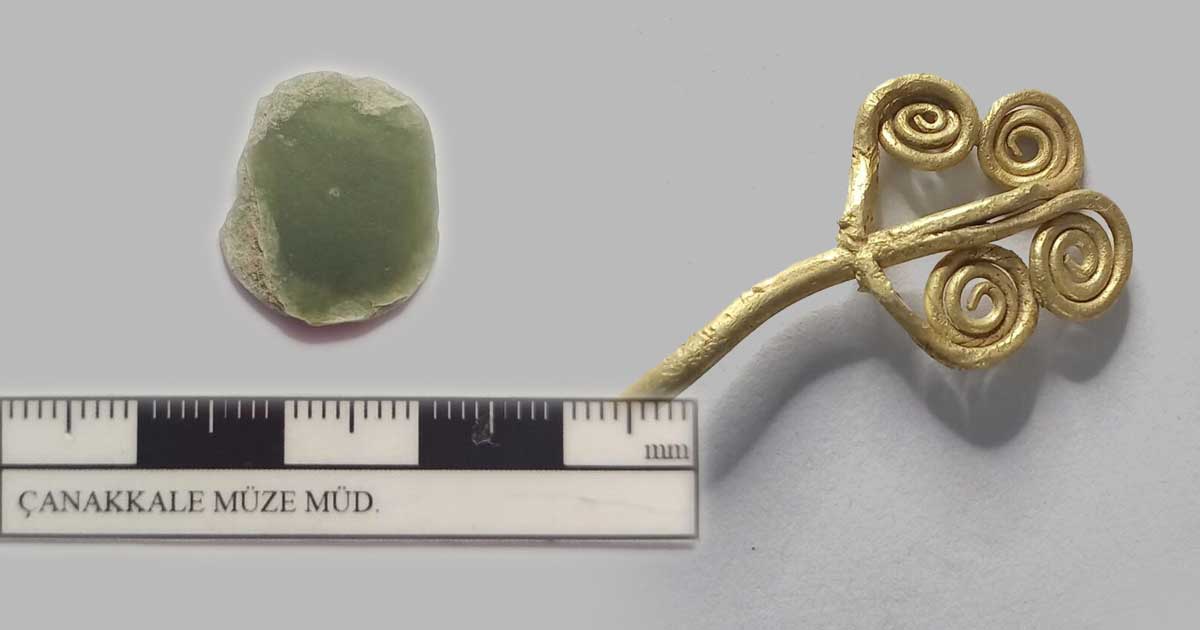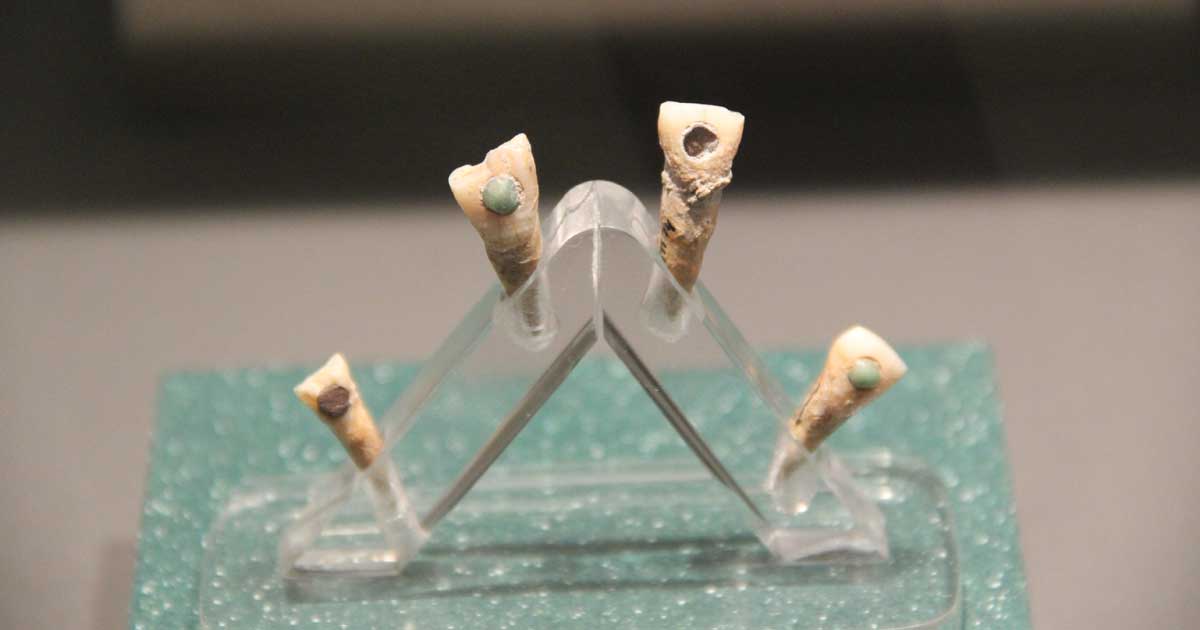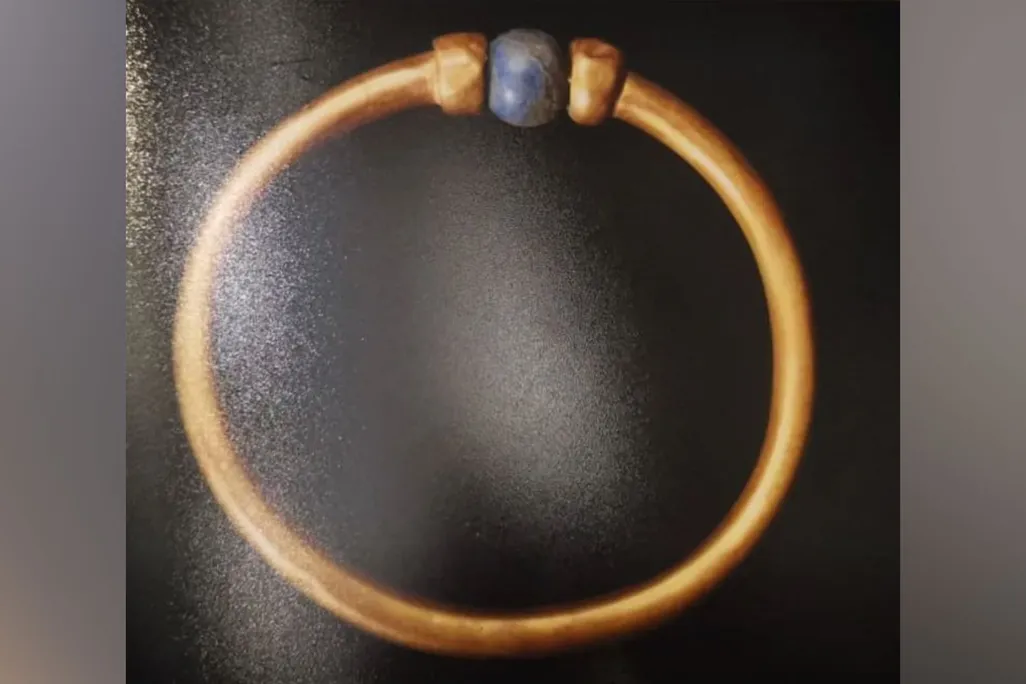At long last, scientists have confirmed the true identity of the remarkably intact skull nicknamed “Dragon Man.” Unearthed in Harbin, Northeast China, the skull was initially proposed as a separate species back in 2021. Recent findings now reveal that the skull is part of the extinct Denisovan lineage, a group of prehistoric hominids closely related to Neanderthals during the Pleistocene Epoch. With that being said, sincere apologies to those who expected Dragon Man to be a dragon-human hybrid…it’s not, but wait! Keep staying, for the true Denisovan Dragon Man has fascinating stories to tell about prehistoric humanity.
For years, Denisovans were known only from fragments discovered in Siberia’s Denisova Cave, the site that lent them their namesake. This June 2025 breakthrough, however, has provided the first complete Denisovan cranium, thus reshaping our understanding of ancient human diversity in prehistoric Asia as a whole.

Rediscovering Dragon Man in 2021
In 2021, researchers introduced the Harbin skull as Homo longi or ‘Dragon Man.’ The name came from its discovery near the Dragon River (Heilongjiang) in Northeast China and the deep cultural connection to dragons in local Chinese folklore. Dragons are seen as symbols of power and mystery, making the name a fitting tribute to the skull’s striking physical features and the unique history that bonds it to that region in China.
Proteins & Teeth Tell the Tale
By analyzing proteins from the skull’s dense inner-ear region, researchers assembled the most detailed ancient-human protein dataset yet. Unique markers matched Denisovan DNA previously found in Siberia, establishing the Harbin skull’s connection.
For the first time, DNA was extracted from hardened dental plaque on teeth dating back 146,000 years. Using refined methods and software, scientists retrieved mitochondrial DNA, aligning the Harbin skull with the true Denisovan lineage.

A Wider Denisovan World
Denisovans were once thought to be restricted to Siberia. This new find, however, shows that the Denisovans have roamed over 3,000 kilometers farther southeast. The discovery of Dragon Man in China’s Heilongjiang province not only expands their known range but also provides new insights into their appearance and adaptability. This new finding shows the resilience of this ancient hominid group across diverse environments.
This discovery also resolves debates over Dragon Man’s species and gives the clearest view yet of Denisovan traits. By unlocking identity secrets from ancient proteins and dental plaque, scientists have opened new avenues for understanding human evolution.
With these methods, researchers can revisit fossils from China’s Dali and Jinniushan sites, as well as Southeast Asia, to determine links to Denisovans. Each discovery adds to the intricate story of humanity’s diverse branches. With an anthropological breakthrough like this, who knows, perhaps new information would keep shedding light on what we know of prehistoric humanity.
Header Image: Behold the Dragon Man – not a dragon, a Denisovan. Source: CC BY 4.0
References:
- Na, Chen, and Chinese Academy of Sciences Headquarters. “Mysterious ‘Dragon Man’ Skull Identified as Denisovan.” SciTechDaily, 23 June 2025, https://scitechdaily.com/mysterious-dragon-man-skull-identified-as-denisovan/.
- Edwards, Stephanie. “146,000-Year-Old Dragon Man Skull Confirmed as Denisovan Through Dental DNA.” Discover, 20 June 2025, https://www.discovermagazine.com/the-sciences/146-000-year-old-dragon-man-skull-confirmed-as-denisovan-through-dental-dna.
